 PDF) Fatal overdose with trazodone: Case report and literature review
PDF) Fatal overdose with trazodone: Case report and literature reviewHow do you get vegetable seeds? Question date: 2006-06-05 Answer 1:Thank you for sending this important question. I hope my answer will help you understand a very important difference between fruits and fruits vegetables you can pass to your friends and classmates (and even some adults). As you know, plants have many different parts, so let's start by listing some of the them. The parts that are buried under soil - roots - help plants take food and water from the ground. The long, thin part that grows above the ground and supports the the rest of the plant is called stem. Sheets grow around the stem uses sunlight to make food for the rest of the plant. You've probably noticed. during certain times of the year, flowers bloom and eventually become fruits. Inside fruits are seeds. If the fruits are not chosen and sent to your favorite supermarket, He'll eventually fall to the ground. In time, small microscopic creatures, insects and some small animals will eat the fleshy part of the fruit that surrounds the seeds. The seed that is leaving behind will finally grow to become a new plant. Simple, right? Well, not exactly. You'd be surprised to hear those botanists. .. scientists who study plants of all kinds -- Call anything with seeds inside a "fruit"! This means tomatoes, peas podes, cucumbers, peppers, pumpkin and avocados are all fruits, even Even though many people call them vegetables! Why? You guessed because everyone has seeds. inside. If you don't believe me, ask an adult. to cut them off so you can see yourself. According to the botanists, really. they take vegetables from different parts of plants that have no seeds, like leaves, stems and roots. Spinach and cabbage are really the leaves of certain plants. Asparagus and The celery is stems. Cartoons, radishes, paddles and trousers Nabos (yuk) are roots. What do you have all in Whole? No seeds! So all these parts of the plant are Real vegetables So, after all I have Do you think you'd be so The success of taking vegetable seeds? From Of course not because they have nothing! You. I shouldn't feel bad if you didn't know... many Answer 2:Most vegetables (e.g. bean pods, pumpkins, etc.) tomatoes) are the non-sweet fruits of flowering plants, which means they have seeds in them because they evolved as planting structures. Normally, a fruit "without seeds" is a fruit that has modified to make the seeds soft and can be bit easily (for example, a seedless watermelon), or have seeds not (I can't think of a good example). But... such vegetables have seeds. Vegetables than are not fruits (e.g. broccoli, asparagus) Have seeds. Click to return to the search form. Copyright © 2020 Los Regentes de la Universidad de California, All rights reserved. How do you get vegetable seeds? Question date: 2006-06-05 Answer 1:Thank you for sending this important question. I hope my answer will help you understand a very important difference between fruits and fruits vegetables you can pass to your friends and classmates (and even some adults). As you know, plants have many different parts, so let's start by listing some of the them. The parts that are buried under soil - roots - help plants take food and water from the ground. The long, thin part that grows above the ground and supports the the rest of the plant is called stem. Sheets grow around the stem uses sunlight to make food for the rest of the plant. You've probably noticed. during certain times of the year, flowers bloom and eventually become fruits. Inside fruits are seeds. If the fruits are not chosen and sent to your favorite supermarket, He'll eventually fall to the ground. In time, small microscopic creatures, insects and some small animals will eat the fleshy part of the fruit that surrounds the seeds. The seed that is leaving behind will finally grow to become a new plant. Simple, right? Well, not exactly. You'd be surprised to hear those botanists. .. scientists who study plants of all kinds -- Call anything with seeds inside a "fruit"! This means tomatoes, peas podes, cucumbers, peppers, pumpkin and avocados are all fruits, even Even though many people call them vegetables! Why? You guessed because everyone has seeds. inside. If you don't believe me, ask an adult. to cut them off so you can see yourself. According to the botanists, really. they take vegetables from different parts of plants that have no seeds, like leaves, stems and roots. Spinach and cabbage are really the leaves of certain plants. Asparagus and The celery is stems. Cartoons, radishes, paddles and trousers Nabos (yuk) are roots. What do you have all in Whole? No seeds! So all these parts of the plant are Real vegetables So, after all I have Do you think you'd be so The success of taking vegetable seeds? From Of course not because they have nothing! You. I shouldn't feel bad if you didn't know... many Answer 2:Most vegetables (e.g. bean pods, pumpkins, etc.) tomatoes) are the non-sweet fruits of flowering plants, which means they have seeds in them because they evolved as planting structures. Normally, a fruit "without seeds" is a fruit that has modified to make the seeds soft and can be bit easily (for example, a seedless watermelon), or have seeds not (I can't think of a good example). But... such vegetables have seeds. Vegetables than are not fruits (e.g. broccoli, asparagus) Have seeds. Click to return to the search form. Copyright © 2020 Los Regentes de la Universidad de California, All rights reserved. How do you get vegetable seeds? Question date: 2006-06-05 Answer 1:Thank you for sending this important question. I hope my answer will help you understand a very important difference between fruits and fruits vegetables you can pass to your friends and classmates (and even some adults). As you know, plants have many different parts, so let's start by listing some of the them. The parts that are buried under soil - roots - help plants take food and water from the ground. The long, thin part that grows above the ground and supports the the rest of the plant is called stem. Sheets grow around the stem uses sunlight to make food for the rest of the plant. You've probably noticed. during certain times of the year, flowers bloom and eventually become fruits. Inside fruits are seeds. If the fruits are not chosen and sent to your favorite supermarket, He'll eventually fall to the ground. In time, small microscopic creatures, insects and some small animals will eat the fleshy part of the fruit that surrounds the seeds. The seed that is leaving behind will finally grow to become a new plant. Simple, right? Well, not exactly. You'd be surprised to hear those botanists. .. scientists who study plants of all kinds -- Call anything with seeds inside a "fruit"! This means tomatoes, peas podes, cucumbers, peppers, pumpkin and avocados are all fruits, even Even though many people call them vegetables! Why? You guessed because everyone has seeds. inside. If you don't believe me, ask an adult. to cut them off so you can see yourself. According to the botanists, really. they take vegetables from different parts of plants that have no seeds, like leaves, stems and roots. Spinach and cabbage are really the leaves of certain plants. Asparagus and The celery is stems. Cartoons, radishes, paddles and trousers Nabos (yuk) are roots. What do you have all in Whole? No seeds! So all these parts of the plant are Real vegetables So, after all I have Do you think you'd be so The success of taking vegetable seeds? From Of course not because they have nothing! You. I shouldn't feel bad if you didn't know... many Answer 2:Most vegetables (e.g. bean pods, pumpkins, etc.) tomatoes) are the non-sweet fruits of flowering plants, which means they have seeds in them because they evolved as planting structures. Normally, a fruit "without seeds" is a fruit that has modified to make the seeds soft and can be bit easily (for example, a seedless watermelon), or have seeds not (I can't think of a good example). But... such vegetables have seeds. Vegetables than are not fruits (e.g. broccoli, asparagus) Have seeds. Click to return to the search form. How do you get vegetable seeds? Answer 1:Thank you for sending this important question. I hope my answer will help you understand a very important difference between fruits and fruits vegetables you can pass to your friends and classmates (and even some adults). As you know, plants have many different parts, so let's start by listing some of the them. The parts that are buried under soil - roots - help plants take food and water from the ground. The long, thin part that grows above the ground and supports the the rest of the plant is called stem. Sheets grow around the stem uses sunlight to make food for the rest of the plant. You've probably noticed. during certain times of the year, flowers bloom and eventually become fruits. Inside fruits are seeds. If the fruits are not chosen and sent to your favorite supermarket, He'll eventually fall to the ground. In time, small microscopic creatures, insects and some small animals will eat the fleshy part of the fruit that surrounds the seeds. The seed that is leaving behind will finally grow to become a new plant. Simple, right? Well, not exactly. You'd be surprised to hear those botanists. .. scientists who study plants of all kinds -- Call anything with seeds inside a "fruit"! This means tomatoes, peas podes, cucumbers, peppers, pumpkin and avocados are all fruits, even Even though many people call them vegetables! Why? You guessed because everyone has seeds. inside. If you don't believe me, ask an adult. to cut them off so you can see yourself. According to the botanists, really. they take vegetables from different parts of plants that have no seeds, like leaves, stems and roots. Spinach and cabbage are really the leaves of certain plants. Asparagus and The celery is stems. Cartoons, radishes, paddles and trousers Nabos (yuk) are roots. What do you have all in Whole? No seeds! So all these parts of the plant are Real vegetables So, after all I have Do you think you'd be so The success of taking vegetable seeds? From Of course not because they have nothing! You. I shouldn't feel bad if you didn't know... many Answer 2:Most vegetables (e.g. bean pods, pumpkins, etc.) tomatoes) are the non-sweet fruits of flowering plants, which means they have seeds in them because they evolved as planting structures. Normally, a fruit "without seeds" is a fruit that has modified to make the seeds soft and can be bit easily (for example, a seedless watermelon), or have seeds not (I can't think of a good example). But... such vegetables have seeds. Vegetables than are not fruits (e.g. broccoli, asparagus) Have seeds. Copyright © 2020 Los Regentes de la Universidad de California, All rights reserved.
What is the difference between a fruit and a vegetable? For 12 June 2012 A peach is a fruit, whoever you are, and a carrot is definitely a vegetable. But in the Venn diagram that links these two product categories, there is a region of overlap. It results from the fact that "fruit" and "vegetable" are defined differently depending on whether you are a gardener or a chef. The dead center of the superimposed region is . Then why is it a fruit, and why is it a vegetable? Botanically speaking, a fruit is a plant structure that develops from the ovary of a flowering plant, while the vegetables are all other parts of the plant, such as roots, leaves and stems. By those standards, the growths of the vediac like , the escamos and, yes, the tomatoes are all fruits, while the roots like the beets, and the wolves, leaves like , and lettuce, and stems like and are all the vegetables. Related: The panorama is very different in culinary terms, however. Many foods that are (botanically speaking) fruits, but which are salted instead of sweets, are typically considered vegetables by chefs. This includes botanical fruits such as eggplants, bell peppers and tomatoes. The debate of fruits vs. vegetables can sometimes reach such a fever field that the law should enter. In the Nix case. c. Hedden of 1893 of the Supreme Court of the United States, the court unanimously ruled that an imported tomato should be imposed as a vegetable, instead of as a fruit (without taxes). The court recognized that a tomato is a botanical fruit, but it was with what they called the "ordinary" definitions of fruits and vegetables, those used in the kitchen. Original article on Life Sciences. Stay up to date on the coronavirus outbreak when you sign up for our newsletter today. Thanks for signing up for Live Science. You will receive a verification email shortly. There was a problem. Please refresh the page and try again. Live Science is part of Future US Inc, an international media group and a leading digital editor. . Future US, Inc. 11 West 42nd Street, 15th Floor, New York, NY 10036.

Effect of overdose of trazodone. | The BMJ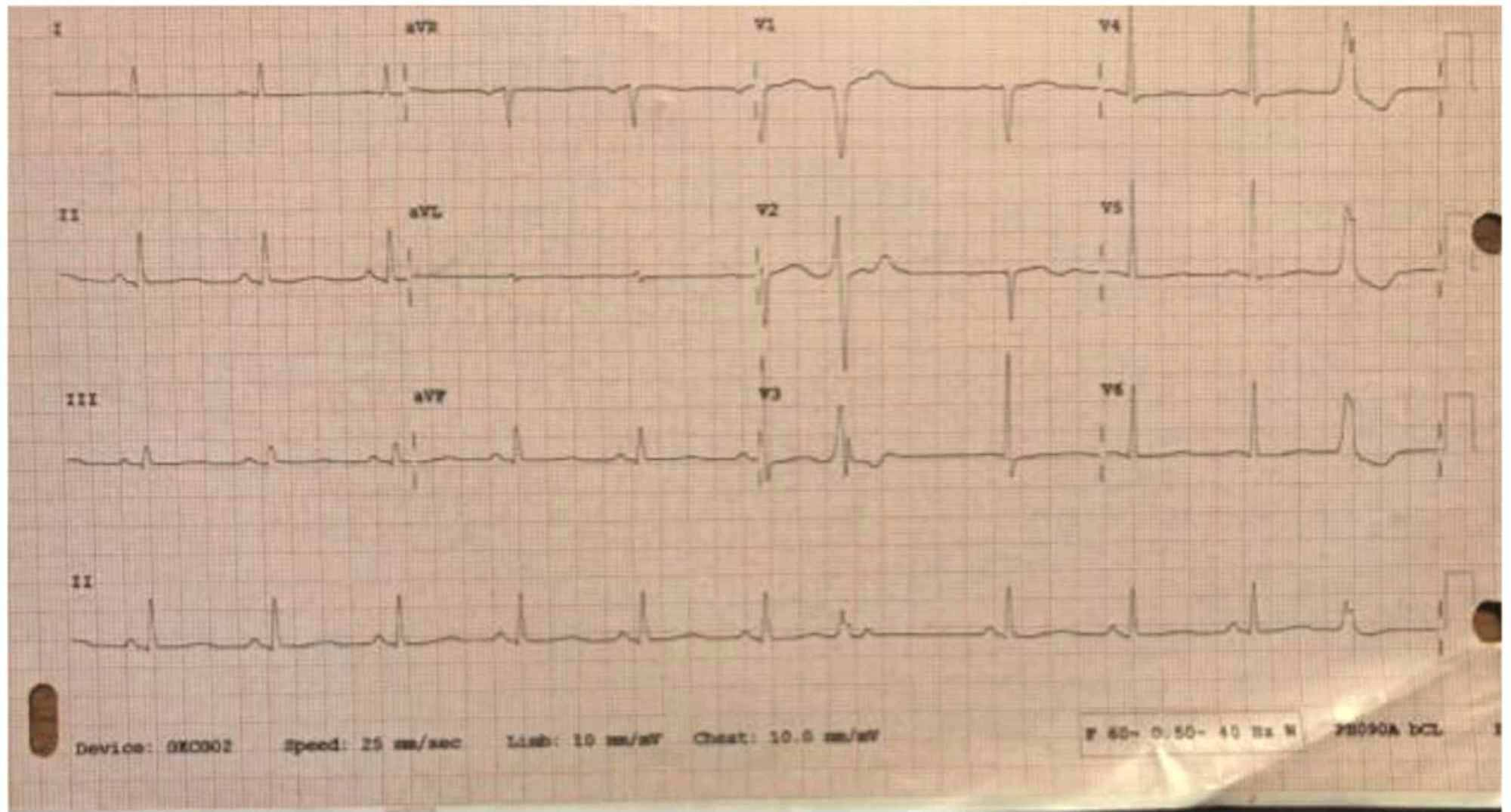
Cureus | A Case of Trazodone Overdose Successfully Rescued With Lipid Emulsion Therapy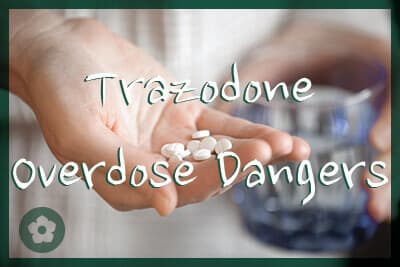
What is Trazodone? Learn more about Overdose, Side Effects, Treatment
trazodone | CS Mott Children's Hospital | Michigan Medicine
Trazodone Vs. Ambien: Uses, Side Effects, and Comparison
Trazadone Drug Profile: Uses, Effects, Abuse, & Treatment
Snorting Trazodone: Can You Do It Safely? - San Diego Addiction Treatment Center
Investigation of a Fatality Due to Trazodone Poisoning: Case Report and Literature Review
Trazodone for Sleep: Dosage, Benefits, Side Effects & Other Risks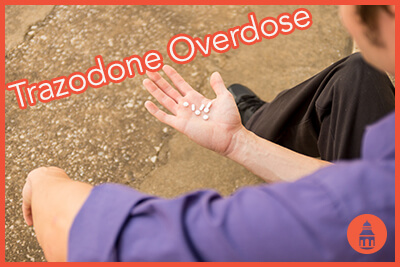
Snorting Trazodone: Can You Do It Safely? - San Diego Addiction Treatment Center
Trazodone Overdose Signs And Symptoms
Trazodone Overdose
Trazodone in Sexual Medicine: Underused and Overdosed? - Sexual Medicine Reviews
Trazodone Overdose: Can You Overdose on Trazodone? | The Recovery Village
Trazodone in Sexual Medicine: Underused and Overdosed?
Trazodone - Wikipedia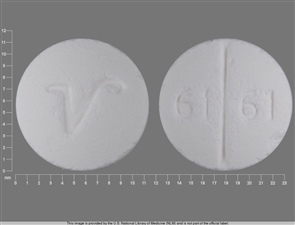
trazodone | Michigan Medicine
An Unusual Presentation of Sertraline and Trazodone Overdose
Management of Ventricular Dysrhythmia Secondary to Trazodone Overdose - Journal of Emergency Medicine
Priapism Following Trazodone Overdose with Cocaine Use
Xanax and Trazodone | The Recovery Village Drug and Alcohol Rehab
Can You Overdose On Trazodone? The Truth Will Shock You -
Trazodone | C19H22ClN5O - PubChem
Trazodone Addiction and Abuse - Addiction Center
Can You Overdose On Trazodone? The Truth Will Shock You -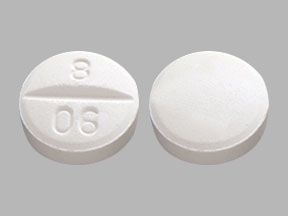
trazodone | Michigan Medicine/close-up-of-young-woman-sleeping-on-bed-at-home-962873558-5b227ba11d64040037e857b3.jpg)
Trazodone Potential Side Effects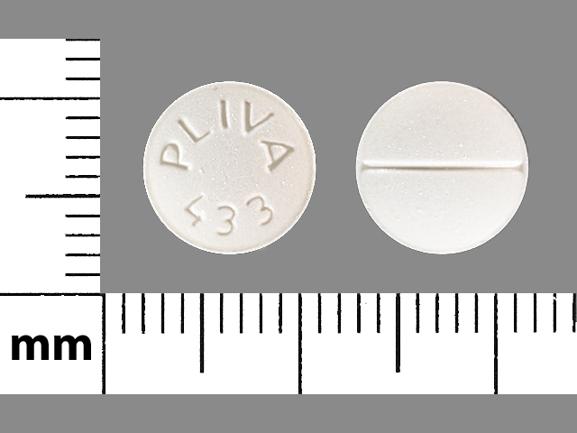
Trazodone Uses, Dosage, Side Effects & Warnings - Drugs.com
Low sodium and seizure in trazodone overdose
Arrhythmias in Severe Trazodone Overdose
Trazodone Abuse: Side Effects, Warnings, and Treatment
Overdose Cited in Death of Man Who Killed 6 in Pennsylvania - The New York Times
Trazodone overdose: MedlinePlus Medical Encyclopedia
trazodone | Michigan Medicine
Management of Trazodone Overdose with Severe Hypotension
Trazodone - Side Effects, Uses, Dosage, Overdose, Pregnancy, Alcohol | RxWiki
Trazodone in Veterinary Medicine | Today's Veterinary Nurse
Pharmacokinetics of duloxetine self-administered in overdose with quetiapine and other antipsychotic drugs in a Japanese patient admitted to hospital | Journal of Pharmaceutical Health Care and Sciences | Full Text
Desyrel (Trazodone Hydrochloride) Side effects, Images, Uses, Dosage, Overdose at RxList
 PDF) Fatal overdose with trazodone: Case report and literature review
PDF) Fatal overdose with trazodone: Case report and literature review



















/close-up-of-young-woman-sleeping-on-bed-at-home-962873558-5b227ba11d64040037e857b3.jpg)











Posting Komentar untuk "can you overdose on trazodone"